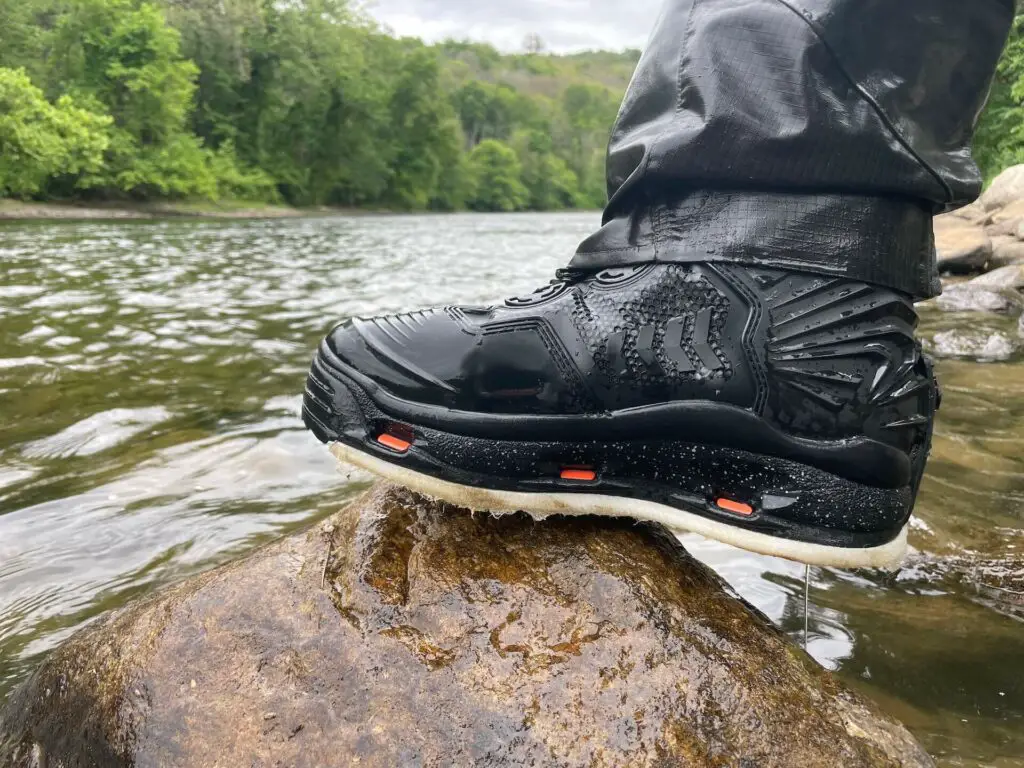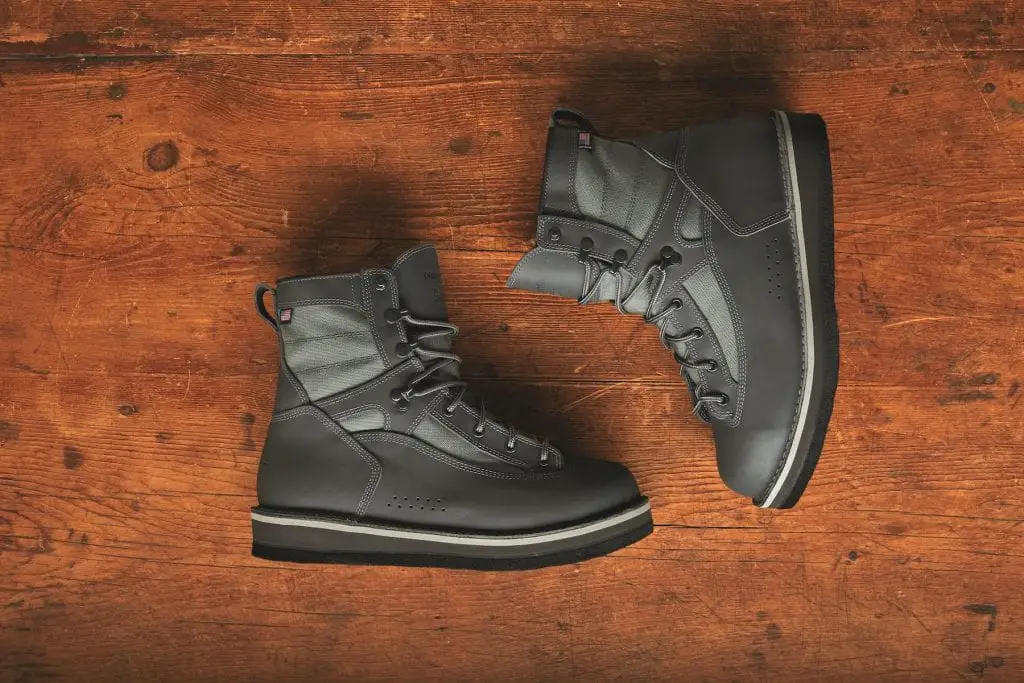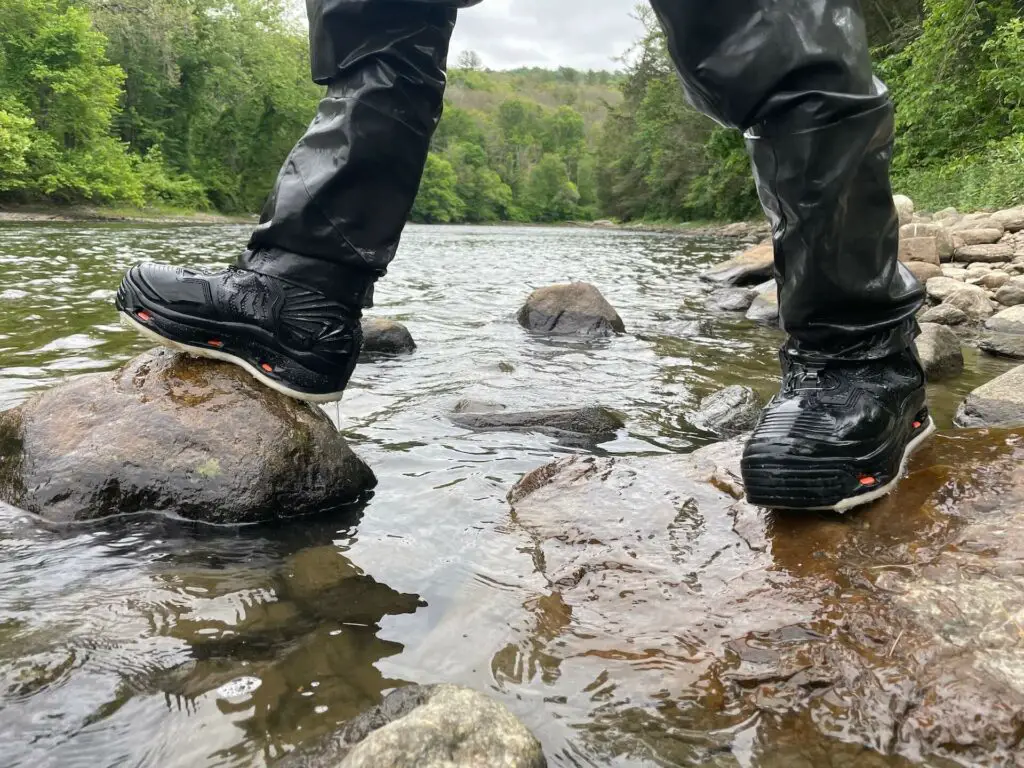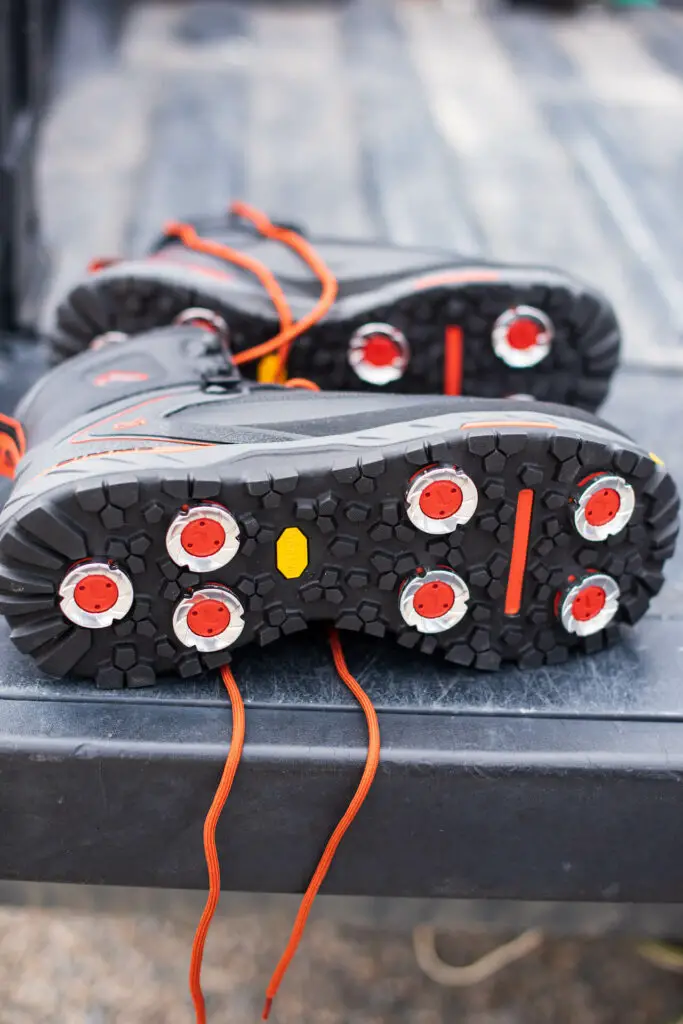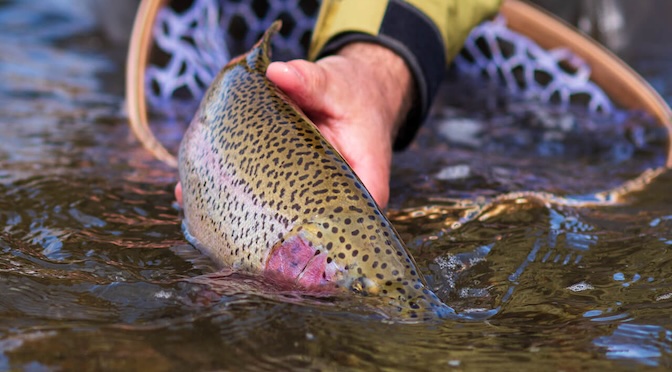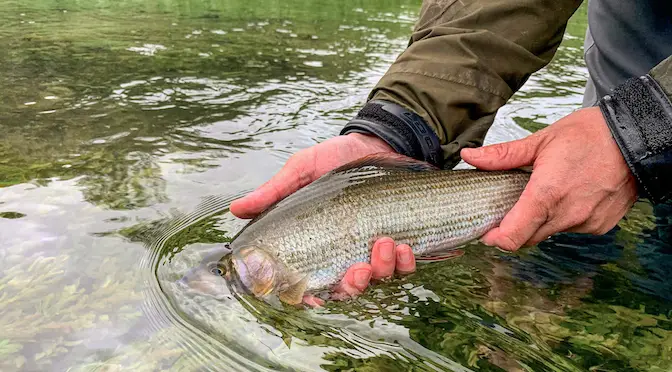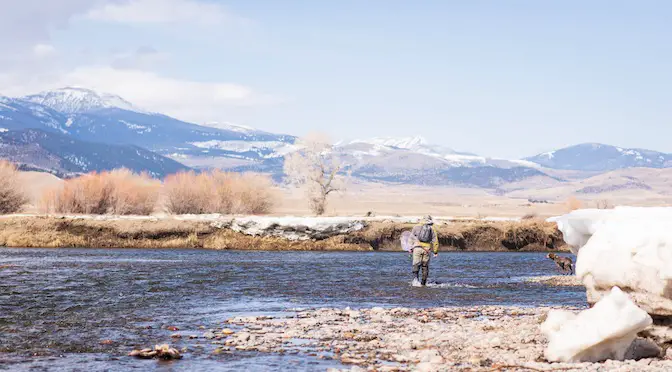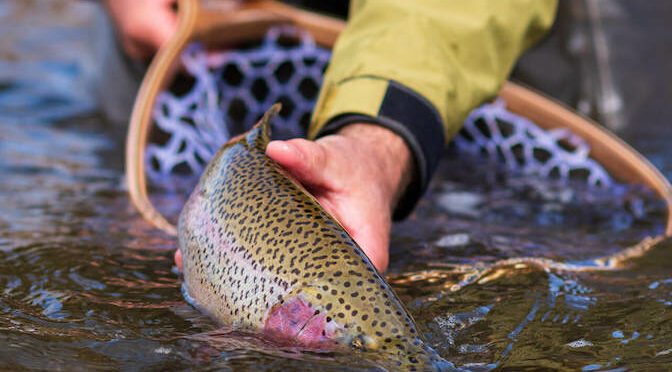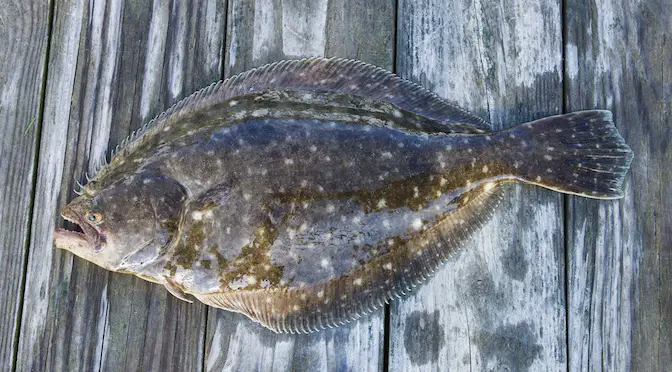Last updated on January 9th, 2024.
- On the Water with the Korkers Bantam Lite - June 26, 2025
- How to Find Trout in Rivers & Streams Anywhere - June 13, 2025
- Educating the Next Generation of Salmon Anglers - June 4, 2025
Ever stood by a river’s edge, thinking about the fish you’re about to catch, and found yourself slipping on a moss-covered stone?
It’s a reminder of the crucial role your wading boots‘ sole plays in keeping you upright and dry. Designed primarily for anglers and water enthusiasts, wading boots promise a firm footing in even the trickiest of waters. The hero here? The sole of the boot. It’s the real deal-breaker in ensuring you can wade through confidently without any unplanned dips. With so many sole options buzzing around the market, each claiming to be the next best thing, the choice can feel a bit overwhelming.
No worries, we got you! Dive into this guide, where we’ll unpack the importance of traction, break down your sole choices, and even dish out some pro tips to help you make the best pick.
Why Traction is Your Best Friend in Wading Boots
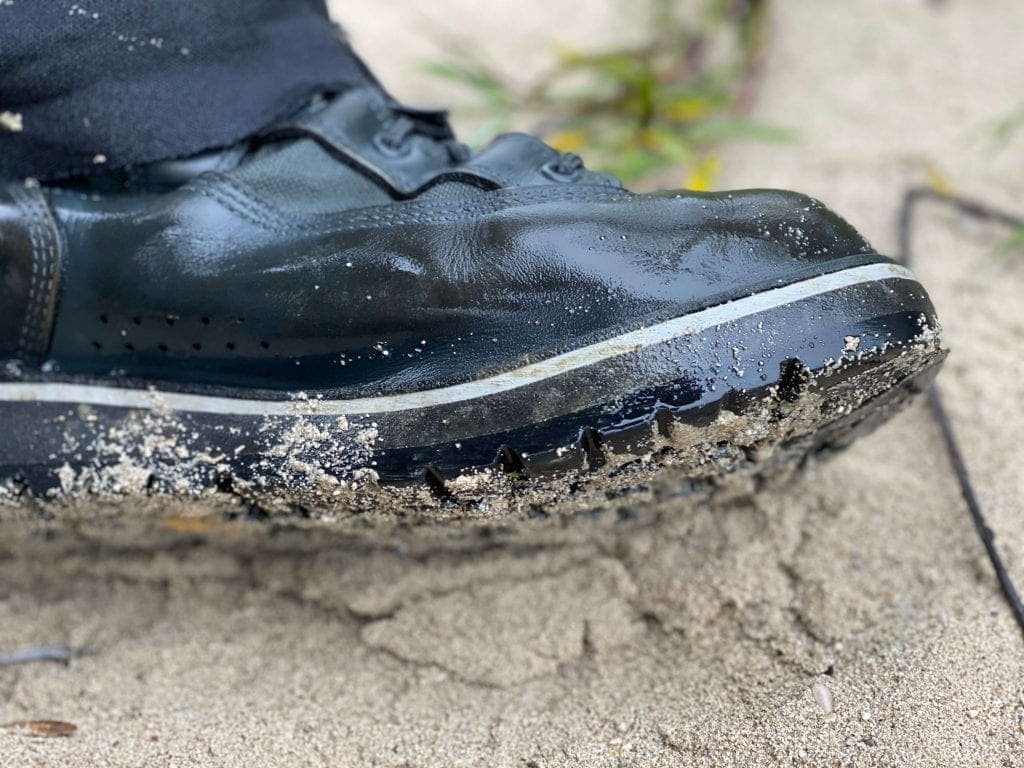
Let’s talk traction. It’s like the superpower of wading boots, letting you glide over submerged rocks or slippy seaweed without missing a beat. A top-notch traction system means you can focus on the fish, the beautiful surroundings, or that perfect cast without that nagging worry of taking an accidental swim. Especially in strong currents or uneven bottoms, where every step can be unpredictable, good traction is your trusty sidekick, ensuring you and your fishing buddies stay safe.
Getting to Know Your Sole Options
When it comes to wading boots, it’s mainly a tango between two favorites: rubber soles and felt soles. Each dances to its own rhythm, tailored for specific adventures and terrains. Choosing the right partner here depends on where you’re wading, what feels good underfoot, and the kind of challenges you anticipate.
Rubber vs. Felt: The Great Sole Showdown
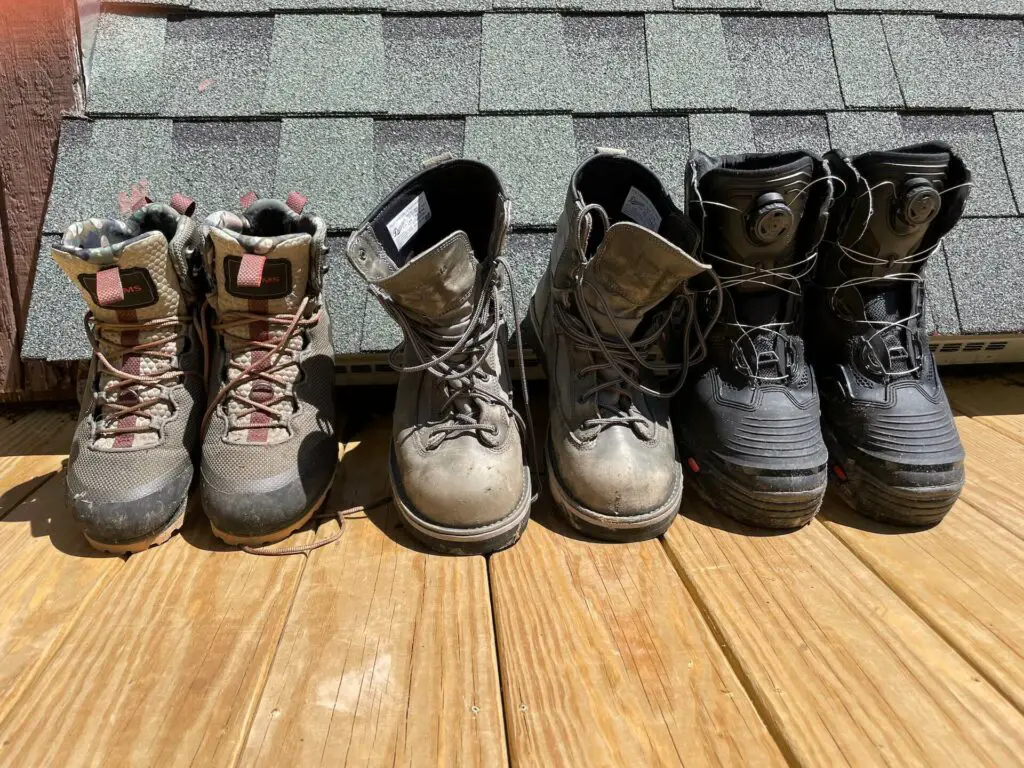
Let’s deep dive into these two. As a rule of thumb I’d say rubber boots are the standard nowadays because of their versatility. Felt soles on the other hand provide unmatched traction on slippery rocks. And then there are studs. Let’s look at it one step at a time.
Rubber Soles
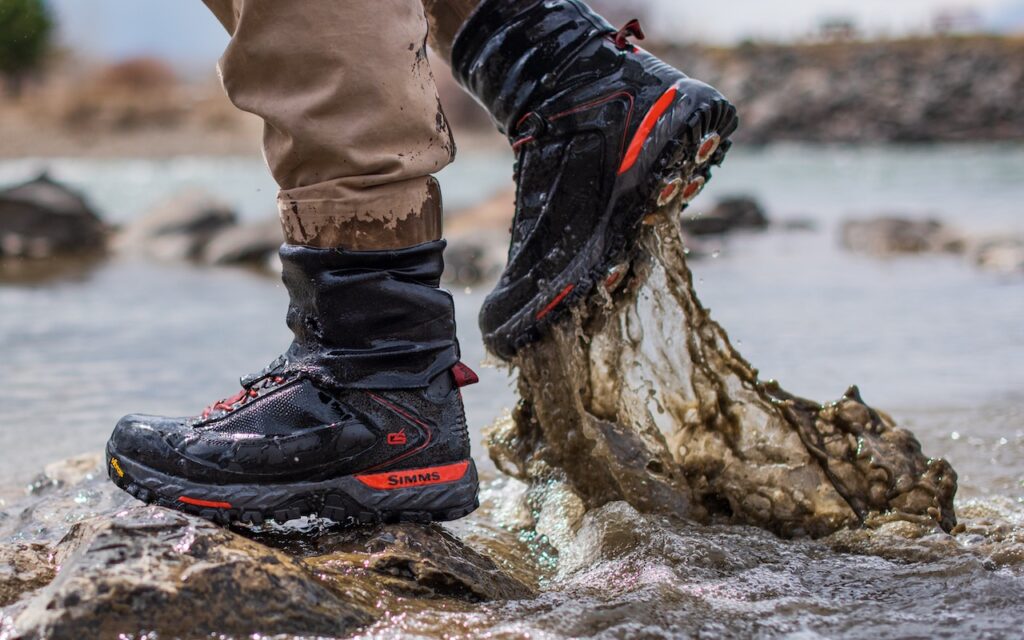
Rubber Soles Pros:
-
Long-lasting: Built for the long haul, they laugh in the face of rough terrains.
-
All-Terrain Warriors: They’re the Swiss Army knife of soles, great in water, mud, and on trails.
-
Mother Nature’s Buddy: Less likely to carry pesky invasive species from one spot to another.
Cons of Rubber Soles:
-
Might give you the slip on super slick surfaces.
-
Takes a bit to feel like they’re “yours”.
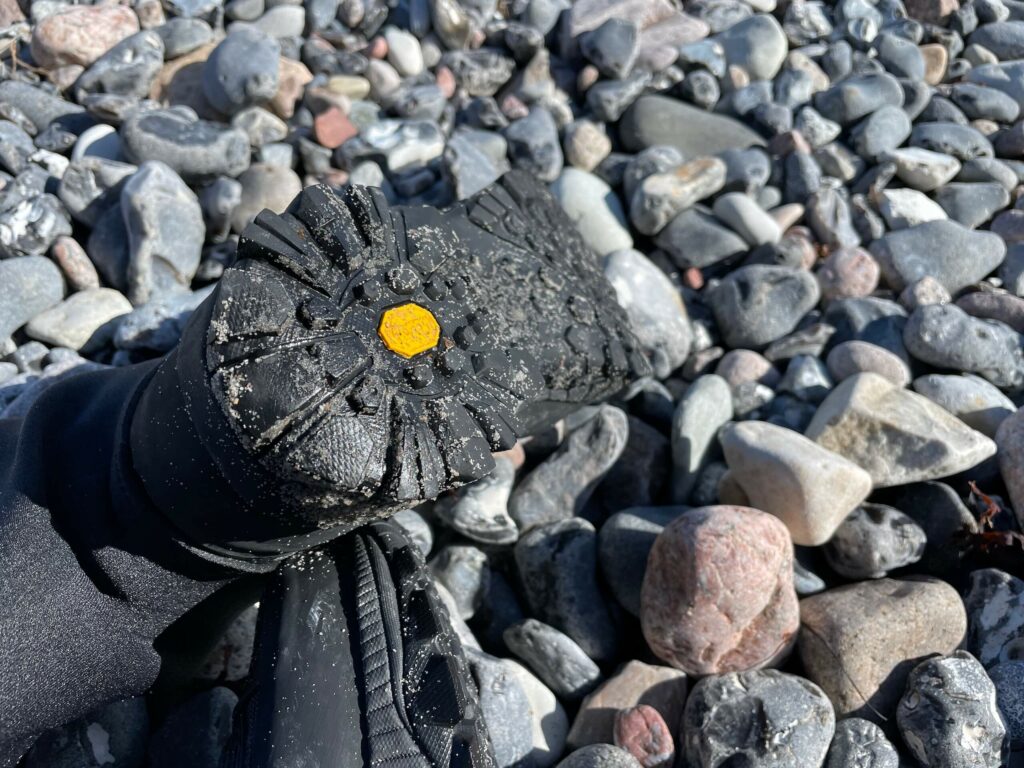
Felt Soles
Felt soles have been an option for fly fishermen and women for decades but have suffered in recent years because there were rumours that they might be responsible for the spread of diseases in rivers and creeks. The argument was that bacteria and invasive species would survive in the wet felt of the soles and could be spread when travelling from one body of water to another.
Although this assumption could not entirely be verified it is advisable to completely dry your felt soles before travelling to another river. In terms of traction felt soles are still the go to option if you’re fishing in slippery river beds and that’s why almost all manufacturers still offer them. Here’s an overview of the pros and cons of felt soles.
Felt Soles Pros:
-
Stickiness Galore: Feels like you’ve got glue on your feet on slippery rocks.
-
Comfy Vibes: They’re like walking on a cushion; your feet will thank you.
Cons of Felt Soles:
-
Not the best buddies for dry land strolls.
-
Might ferry unwanted tiny hitchhikers from one water body to another.
-
If you’re fishing in cold weather and are walking on snow, the snow might stack up under your feet
Bonus: Korkers’ Exchangeable Soles
As you can see, there are pros and cons for both rubber and felt soles. What if you want the best of both worlds? In that case make sure to check out Korkers wading boots. The only ones offering interchangeable soles. They said, “Why choose?” and gave us wading boots with swappable soles. Tailor your boot for the day’s adventure:
Super Adaptable: One day it’s rubber, the next it’s felt. You choose!
Savvy Investment: Spend a bit more now, save loads as you won’t need multiple boot pairs.
Hassle-Free Swaps: Switching soles is as easy as changing your socks.
Studded Boots: Extra Grip or Overkill?
No matter whether you decide to go for rubber soles or felt soles you can always add studs. Almost all big manufacturers offer a cleat system. In some cases they are just simple studs that you screw into your boot’s sole. In some cases the systems are more advanced such as the Simms Powerlock Cleats or Patagonia’s Aluminum Bars. Studs can give you that extra cling on tricky terrains. But remember, they might scuff some surfaces and might be overkill on soft, sandy bottoms.
Wrapping It Up
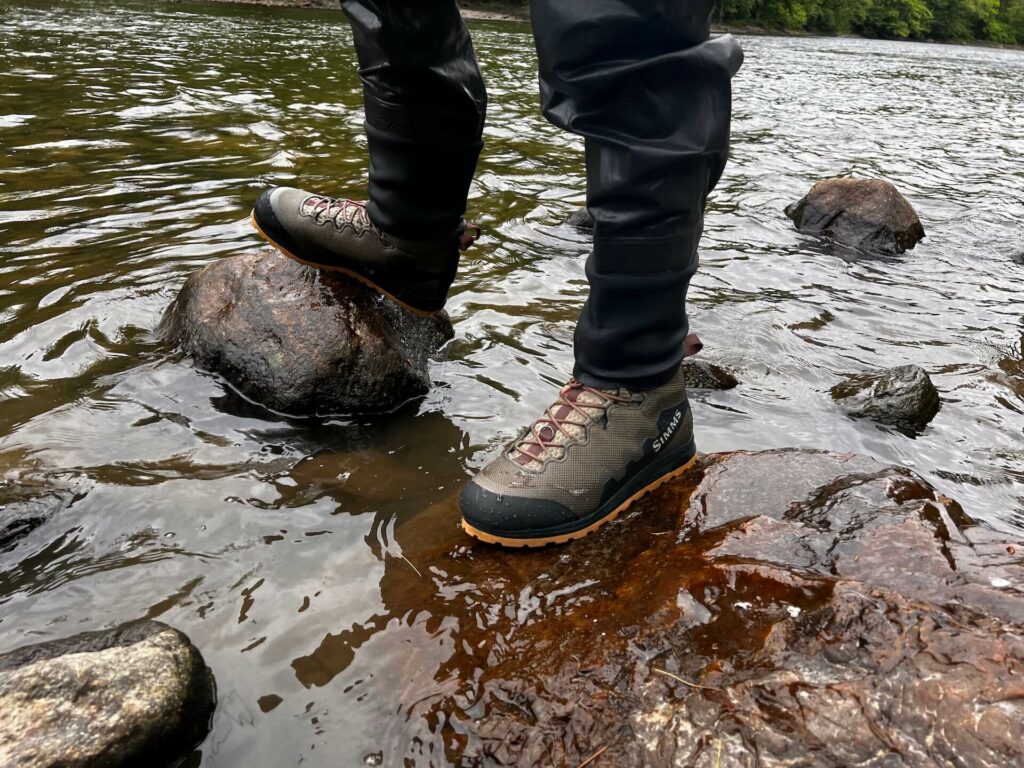
Picking your wading boot sole isn’t just about the latest trend or what your buddy recommends. It’s a mix of where you’ll be fishing, personal comfort, and how you want to move in the water. Whether you’re team rubber, team felt, or somewhere in between, ensure it aligns with your adventures and feels just right. Remember, it’s all about staying safe, comfortable, and making memories, one step at a time!
FAQs on Wading Boot Sole Options
What’s the main difference between rubber and felt soles in wading boots?
Rubber soles are versatile, great for varied terrains, and environmentally friendly, as they are less likely to transport invasive species. Felt soles, on the other hand, provide superior grip on slippery surfaces but might be limited to water environments and pose some environmental concerns.
Are studded soles worth the investment?
Yes, if you frequently wade in slippery, rocky terrains. Studs provide additional traction, but they might not be necessary for softer bottoms. Also, be mindful that studs can damage certain surfaces like boat decks.
Can I switch between rubber and felt soles on my wading boots?
Some brands, like Korkers, offer interchangeable soles, allowing you to swap between rubber and felt, depending on your needs. However, not all boots have this feature, so you’ll need to check the specific model.
How do I decide which sole is right for me?
Consider the environments you’ll be wading in. If you’re in various terrains and both wet and dry environments, rubber might be a good choice. If you’re mostly navigating slippery, rocky riverbeds, felt could be the way to go. Your personal comfort and environmental concerns should also factor into your decision.
How long do wading boot soles typically last?
The lifespan of a wading boot sole varies based on the material, frequency of use, and the terrains you traverse. Rubber soles are generally more durable and can last several seasons with regular use. Felt soles may wear out faster, especially if frequently used on rough terrains or dry land. Regular inspection and proper care can extend the life of any sole.

